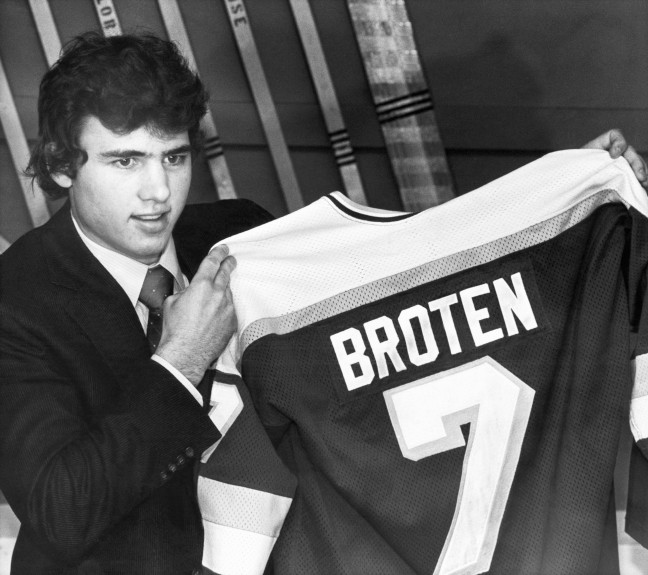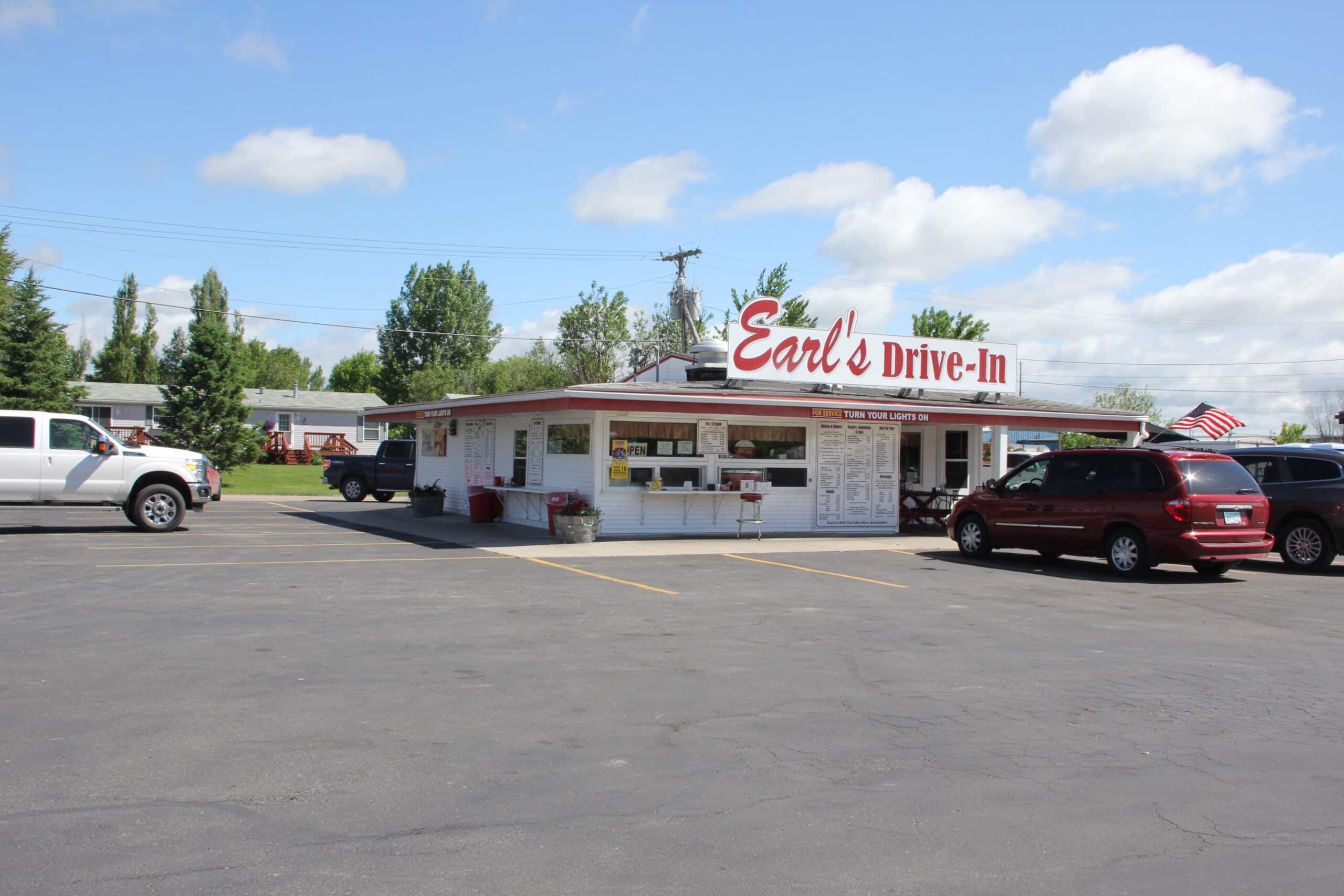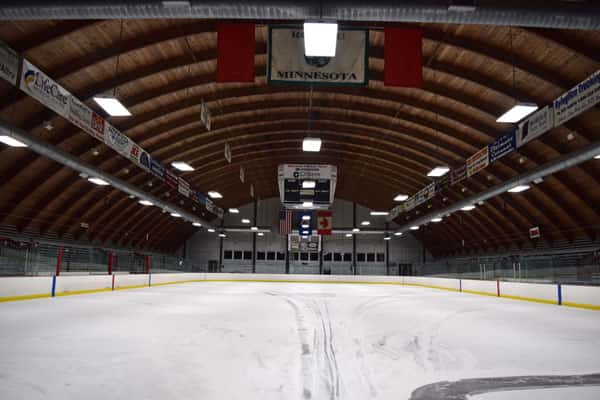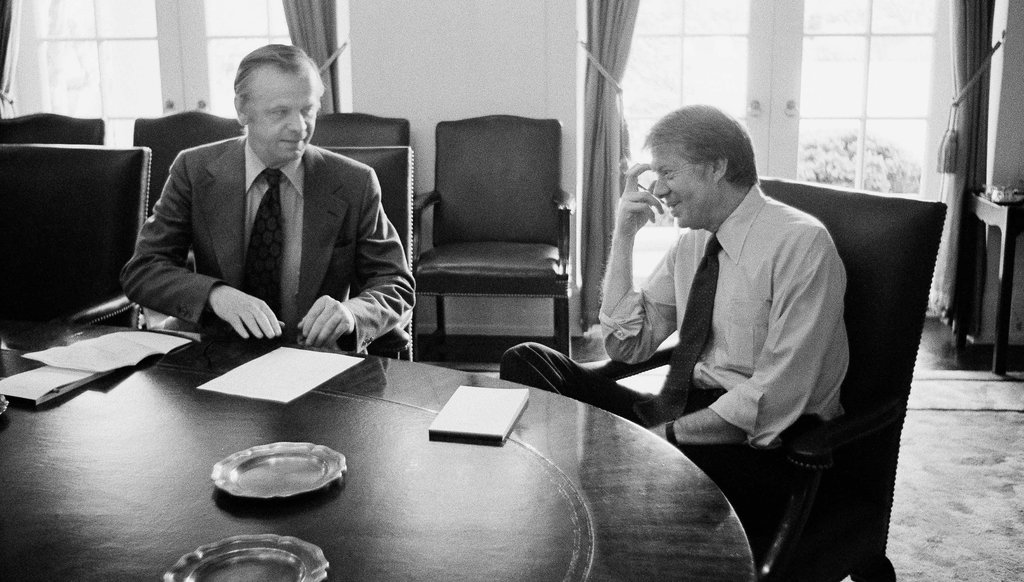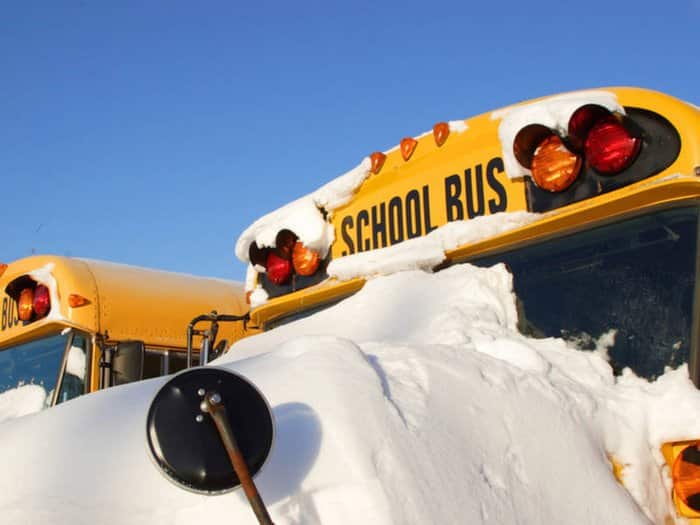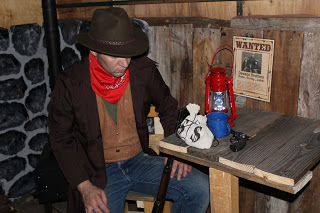To recap: That’s two state tournaments, two NCAA championship games, an Olympic gold-medal game and a Stanley Cup final all in four years’ time, with a gold medal and NCAA title to show for it.
Not too bad.
“It is as good as it gets. The only way it’s better is if we could have won the Cup,” said Lou Nanne, who was the general manager of the North Stars at the time. “Just being a part of all those, wow, it’s very, very rare. I don’t know of anybody else that has.”
“Every once in a while, I think about that,” Broten said. “Those years, it seemed like every year we were right in there for the championship, so it was pretty cool.”
For Broten, the No. 4 player on the Pioneer Press countdown of the top 75 players to ever play Minnesota boys high school hockey, it all started on the rinks of Roseau. Specifically, the north rink.
“(That) was kind of where we developed all our skills. We used to go out as 8-year-olds, 9-year-olds and play against the high school team when it got cold enough,” recalled Broten, who now lives on a farm in River Falls, Wis. “The people in town used to get out the hoses and make a rink out there.”
Broten fondly recalls making that walk — roughly just under a mile — to and from the rink each day. That’s what you did in Roseau in the winter. When the snow started to fall, people would race to flood the rinks, which became a second home to kids. Broten said he would spend up to 10 hours a day out skating on the weekends. When they weren’t on those rinks, he and his friends were playing hockey in the streets.
“Just grew up loving hockey, just couldn’t wait to go out on the ice,” Broten said. “That’s how you get good, that’s how you understand the game and develop skills.”
That formula sure worked for Broten and his teammates. Roseau was a powerhouse during Broten’s high school tenure. He credits a number of things for that, from the peewee coach who was “extremely tough on our players and expected a lot out of us” to the love for the game he and his teammates possessed. When Broten wasn’t playing, he was planted in front of his television on Wednesday and Saturday nights, glued to Hockey Night in Canada broadcasts.
Roseau put on quite a show in its own right. The threesome of Neal Broten, his younger brother, Aaron, and Butsy Erickson formed what Mike Ramsey thinks might be the best line ever.
“I can’t tell you how good they were,” he said.
Ramsey found out first-hand, the hard way. His Minneapolis Roosevelt squad made the trek to Roseau for a regular-season contest during the 1977-78 campaign. Ramsey had heard about Roseau’s top line, which supposedly had scored in the first shift of every game that season.
“So we went up there and said there was no way they were going to score the first shift,” said Ramsey, who was one of three Roosevelt defensemen who went on to play Division I hockey. “Well, long story short, they put it in the net on us. They beat us like 6-2 or something like that. They just throttled us.”
Roosevelt wasn’t alone. Roseau — led by Broten, who tallied a staggering 43 goals and 77 assists as a senior — throttled just about everyone, with the exception of Edina East, which bounced Broten’s Roseau squads out of back-to-back state tournaments — once in the quarters, the second time in the semis. Those are the games Broten remembers most, because of the emotions that came with the defeats.
In the postgame interview after the 1979 NCAA championship game in which Broten scored his famous game-winning goal, diving to the ice and sending a shot past the North Dakota goalie, Broten mentioned how happy he was to win a national title after his previous shortcomings at state.
“You always wanted to put your best foot forward. Like (my) dad would say, you always want to work as hard as you can and say you tried as hard as you can,” Broten said. “I was just fortunate to be on some really good teams in Roseau and we did some good things. It didn’t really fuel a fire, it was disappointing not to win, because we were used to winning.”
Broten continued to win at every level thereafter. There was the gold medal for the Olympic team he didn’t even expect to make, and there was the Stanley Cup he won with New Jersey in 1995.
In 1,099 NHL games, Broten — who stood just 5 foot 9 and weighed less than 180 pounds — tallied 923 points, including 634 assists. Broten was always known as an elite set-up man.
“I knew the game pretty well and knew my teammates were important and to pass them the puck was something that coaches back then preached to us as little kids,” Broten said. “So that’s what I tried to do as I got older.”
With his poise and selflessness, Ramsey called Broten’s game “refreshing.”
“The brain that he had, the hockey knowledge and the perception of what was happening out on the ice, the peripheral vision, he had a unique skill set for a small guy and he was able to use it very effectively,” Nanne said. “He was a tremendous player.”
Broten played in two NHL all-star games, and was inducted to the U.S. Hockey Hall of Fame in 2000. His No. 7 jersey is retired by the Dallas Stars.
But Broten said everything — the championships, the honors, the goals — all pale in comparison to playing for his hometown at the state tournament.
“All the other stuff, like the Olympics, was just a bonus, and playing pro hockey was just a bonus,” Broten said. “Growing up, playing with my friends from when I was 5 years old to when I was 17, you can’t beat that. That’s what it’s all about.”
Article from: Twin Cities Pioneer Press
Photo: Center Neal Broten displays the jersey he will wear when he makes his NHL debut as a Minnesota North Star against St. Louis on Tuesday night, in Bloomington, Minnesota on Monday, March 30, 1981. Broten, a member of the U.S. Olympic team and most a member of the University of Minnesota hockey team, has signed a tryout form with the Stars and will play the lat three games of the regular season. (AP Photo/Jim Mone)



